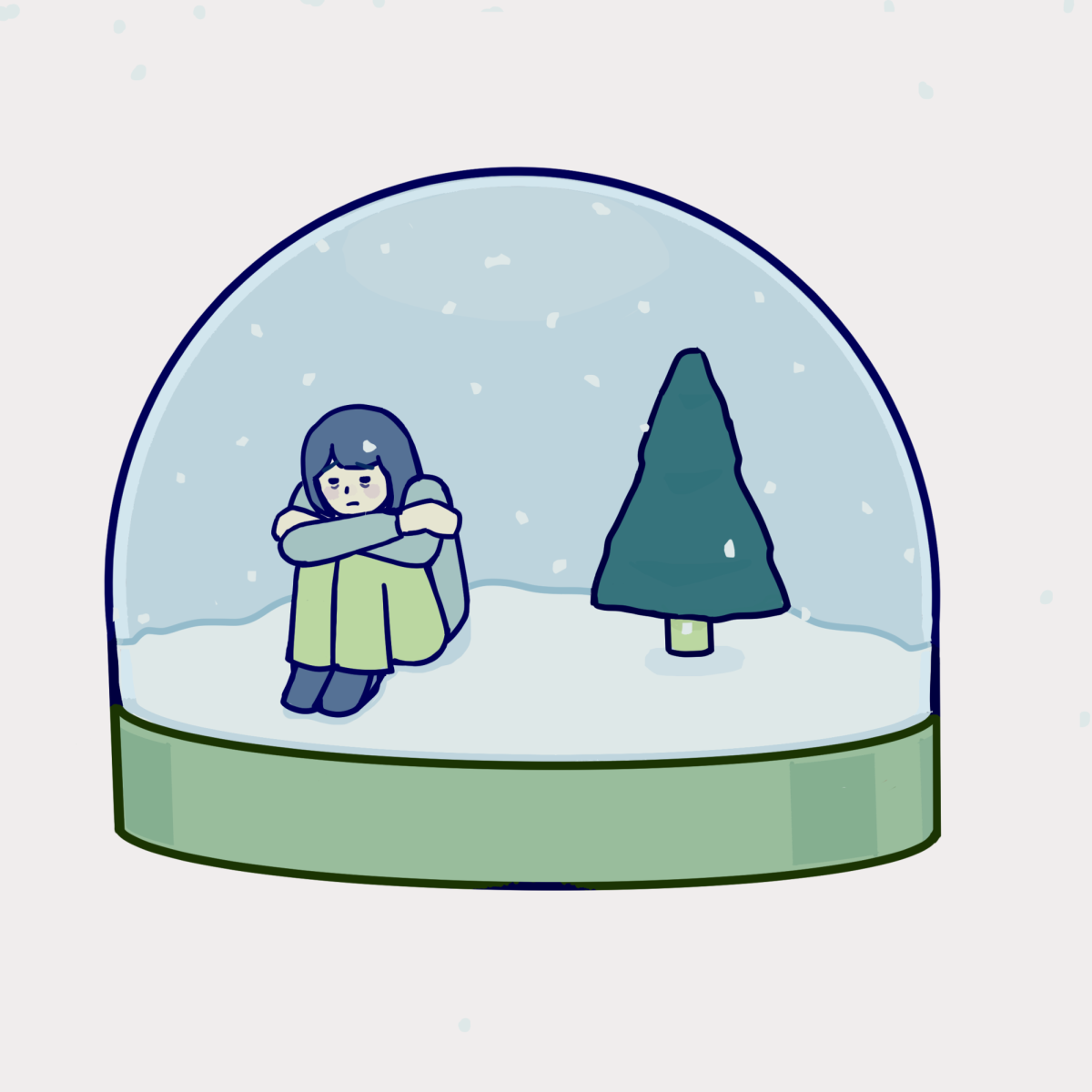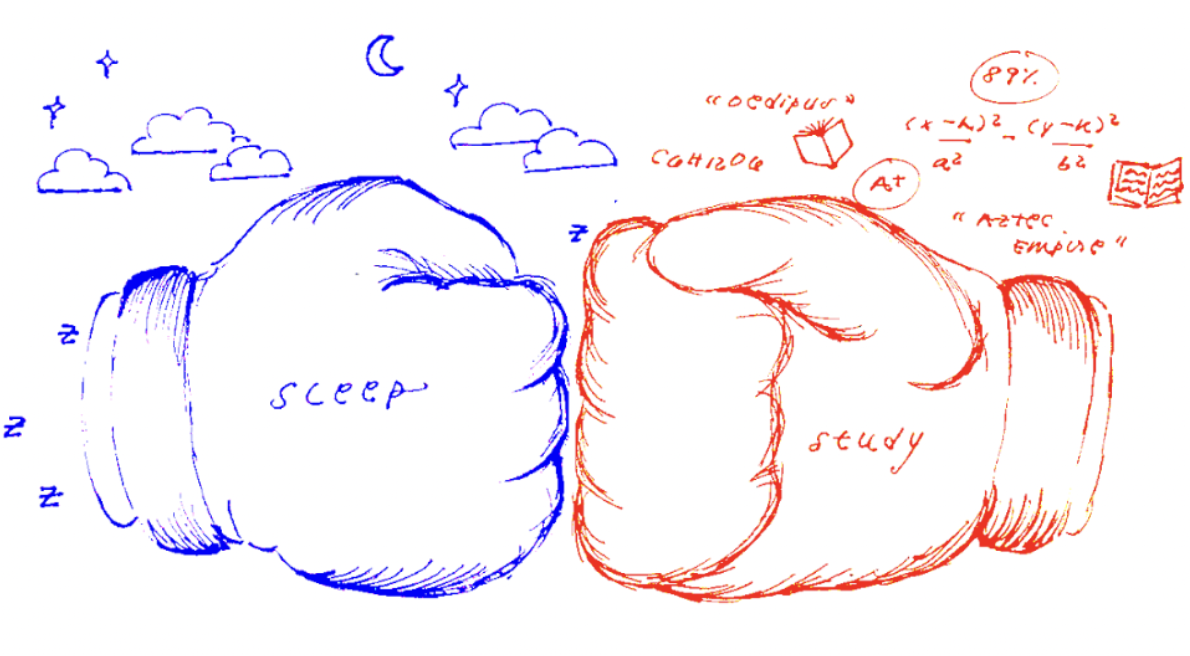During winter term at Groton, many students find themselves walking to sports practices in the dark, feeling too tired to socialize or work after school, and struggling to adjust to the brutally frigid New England winter. On top of this, accumulating assignments and major commitments cause stress levels to run high and further contribute to feelings of hopelessness. Resources provided by the Wellness Program, such as Happy Lamps––lamps that mimic natural sunlight––are meant to combat symptoms of Seasonal Affective Disorder and changes in mood due to seasonal transitions. However, while these lamps can be helpful, they only address mental health challenges caused by the weather. In order to wholly combat the mental health impacts of winter term, an approach needs to be taken that is more specific to the Groton experience, including activities that bring us closer as a community.
When thinking about the winter blues at Groton, it is important to consider that many members of our community are dealing with homesickness and/or adapting to a new environment. “Having lived in a warm climate all my life, the adaptation to such conditions has not been an easy one,” said Hanna El-Jeaan ’27. “The contrast is not merely meteorological. It’s also the separation [from home] that accompanies this harsh weather.”
During the winter months, even seemingly insignificant actions we take as a community to make living away from home a little easier can have a huge impact. “I think something that I want to continue to do is just try to create small moments of joy on campus–– sort of little things that might be unexpected,” said Keri Carvalho PhD, the Wellness Program manager. “Oftentimes, these activities are options that we know we have available to us, but are not fully accessible until someone brings them to our attention or removes barriers to engage in them.”
Dr. Carvalho suggested removing these “barriers,” which can come in the form of academic/social stress or simply having too much on one’s plate, by fitting fun, stress-free, and social-oriented activities into our busy daily schedules, such as rock painting, yoga, or taking outdoor walks. Activities centered around decorating the dorms and other shared spaces, especially surrounding various winter holidays, are another way to add variety and excitement to otherwise mundane winter routines. Seeking out such opportunities to connect with fellow students would inevitably help create a sense of community and combat feelings of homesickness or isolation.
Generally, students at Groton have a high threshold for what they consider to be a mental health concern and have the tendency to neglect self care during the adjustment process. In the midst of intense workloads, helping students learn mindful coping strategies promotes a culture of care towards mental health concerns and addressing symptoms of SAD. Dr. Carvalho suggested some activities that would encourage students to prioritize their mental health would include “bringing meditation and mindfulness [to the Circle] . . . I think it’s a really important component for students to just have a space to relax and be able to connect with themselves in a different sort of way.”.
Promoting self care in times of academic stress can also come in the form of creating a culture that further encourages students to reach out to teachers and adults for the help they need. Normalizing asking for help outside of class, receiving extensions on assignments when needed, or utilizing study groups and peer tutoring can go hand in hand with opportunities for mindfulness to help alleviate negative mental health impacts from school. This can be achieved simply by discussing these options more openly to make students feel less alone and minimize the sense of shame felt in reaching out for help.
If our community incorporates more opportunities for connection into our busy, often repetitive winter routines, we would better promote taking time to care for oneself and decrease stress levels during winter term. Whether it is through taking much-needed study breaks with classmates and friends, decorating the common room for the holidays, or meditating to decompress, there are countless ways we can come together to help each other get through the darkest part of the year.








